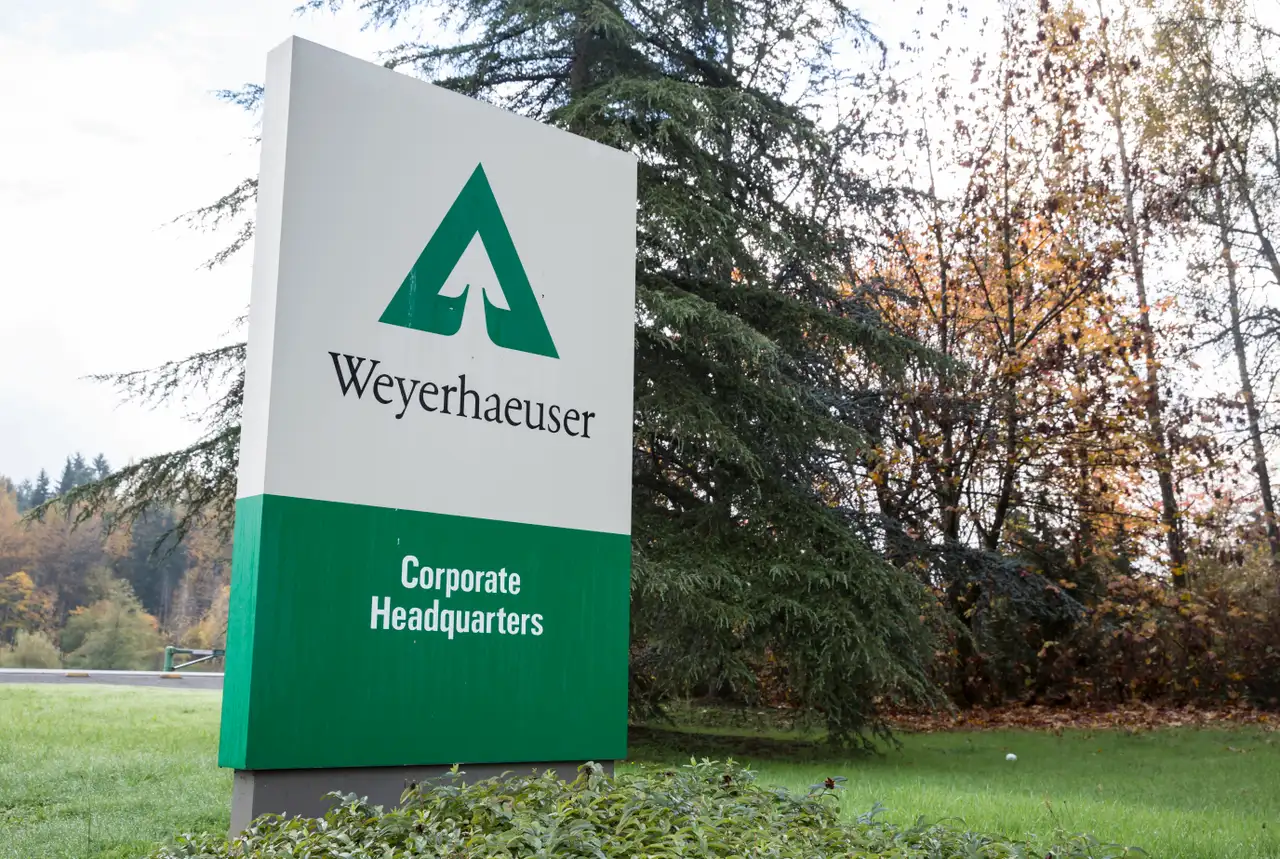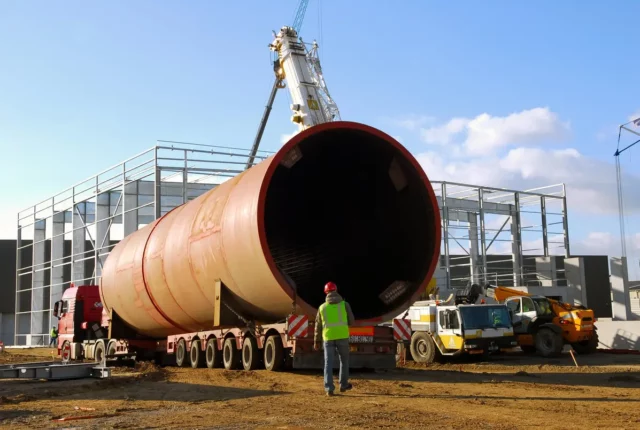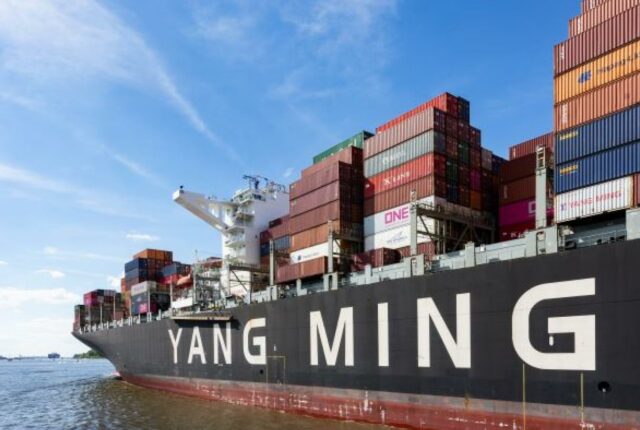
America’s Top Logger Bets on Small, Crooked Trees
Weyerhaeuser’s $500 million plant in Arkansas will turn small trees once bound for paper mills into lumber
Weyerhaeuser has broken ground on a $500 million plant in Arkansas to produce engineered lumber from the small trees that have piled up across the pine belt after the closure of many pulp and paper mills.
It is a big bet on one of the most depressed commodities in America: pine trees that are too small, crooked or otherwise unfit for making lumber. The decline of pulp and paper mills has left some timberland owners with wood they can’t sell.
Several ventures have sought to capitalize on the pulpwood glut, including burning it to generate electricity—locally and abroad—and manufacturing oriented strand board, a type of wood panel known as OSB.
Weyerhaeuser’s plant will be largely heated and powered by burning bark, branches and sawdust, but its gambit is more like making OSB.
The factory near Monticello, Ark., will produce TimberStrand, a laminated strand lumber made by pressing together and gluing thin slices of wood. It is stronger and stays straighter than regular lumber and is used for headers and footers and to frame tall walls, and for studs that hold up cabinets and heavy tile.
Weyerhaeuser and others currently make laminated strand lumber with low-value hardwood, such as aspen and birch. Weyerhaeuser has a facility in Ontario, Canada, that is perpetually sold out. Chief Executive Devin Stockfish said Weyerhaeuser figured out how to use Southern yellow pine.
“We have some of the most brilliant wood scientists on the planet and we’ve dialed it in,” he said at an investor conference in New York this month. “It will be very hard for anyone to replicate this.”
Stockfish said he expects the Arkansas plant to sell out its 10 million cubic feet of annual production once it opens in 2027 and to annually generate about $100 million in earnings before interest, taxes, depreciation and amortization.
That doesn’t include any boost in pulpwood prices. Weyerhaeuser, the country’s largest private landowner, owns roughly 1.2 million acres in Arkansas, much of it near enough to supply the new facility. Even logs that don’t wind up there could benefit from the plant’s demand.
Pulpwood prices have plunged since the digital age closed the book on paper demand. Although Americans are consuming more cardboard than ever, new domestic mills are fed with recycled boxes.
There hasn’t been a pulp mill built in the U.S. in decades, and more than a dozen have shut down in the past few years, said Jody Strickland, chief business officer at F&W Forestry Services.
Prices in southern Arkansas are among the most depressed. During the first quarter, pine pulpwood averaged $3.96 a ton on the stump, down more than 50% over the past decade, according to TimberMart-South. That compares with the average across the South of $7.35, which is 28% lower than 10 years ago, the pricing service said.
Some Arkansas timberland owners would be pleased with any price. There are no buyers for some wood, forcing landowners to pay to have plantations thinned, Strickland said. That turns what is typically the first big payday from a loblolly plantation into another expense.
The pineries that cover the South, from Virginia to East Texas, were planted thick with the expectation that they would be thinned after a decade or so. Smaller and misshapen trees are cut down and sold as pulpwood, leaving the best specimens with more space and less competition to grow big enough to make more valuable products, such as two-by-fours and utility poles.
Some have had to pay to have trees cleared to make way for solar-power arrays, which pay much more than raising loblolly, Strickland said. Her firm has advised others to take the hit to their bottom line and pay for thinnings rather than risk losing all of their trees on overloaded land.
“If you don’t, the trees get stressed and they get beetles and there goes your investment,” she said.
Weyerhaeuser’s focus on harvesting small, irregular trees signals a strategic shift in supply chain optimization, leveraging underutilized resources. This approach reflects the company’s commitment to sustainability and efficiency while navigating the evolving demands of the timber industry.
Source: Article






